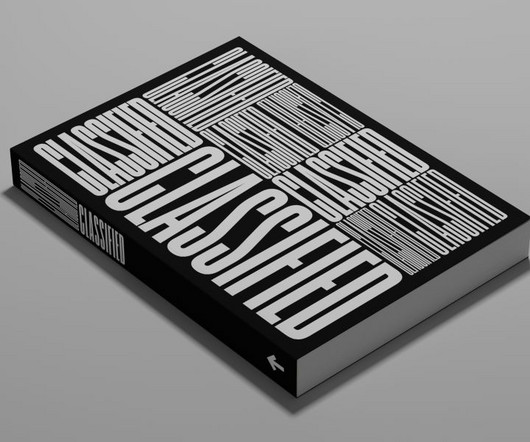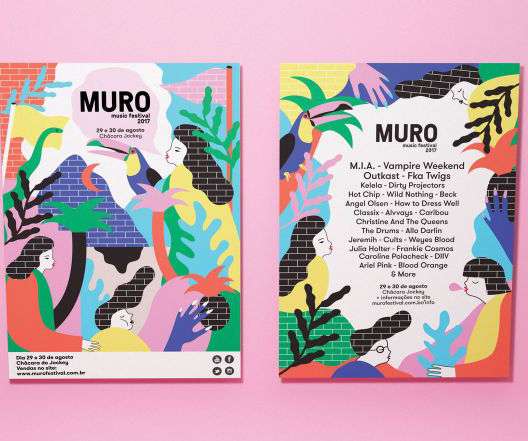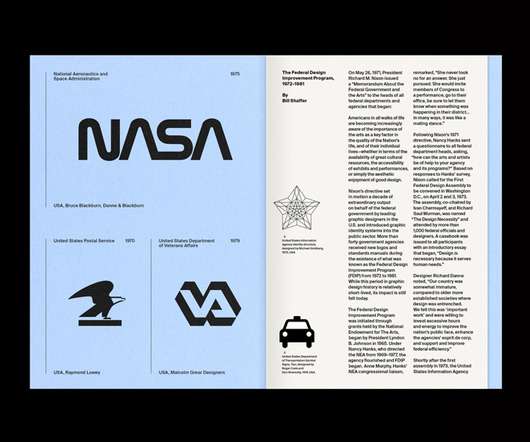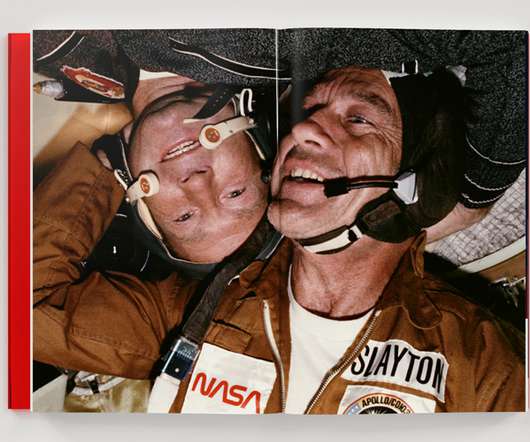New book highlights how much graphic designers can learn from the small ads of yesteryear
Creative Boom
DECEMBER 7, 2023
If you haven't heard of Standards Manual , the Brooklyn-based, independent publishing imprint founded by designers Jesse Reed and Hamish Smyth in 2014, it's about time you did. Hamish Smyth discusses the making of the book Classified: Local Ads from America's Small Towns and why it's a must-read for designers in 2023.















Let's personalize your content